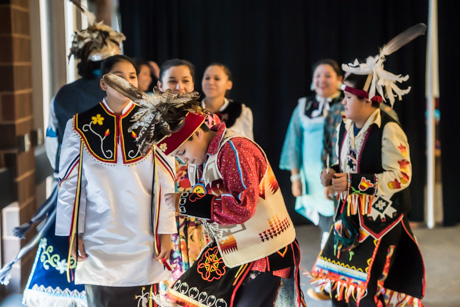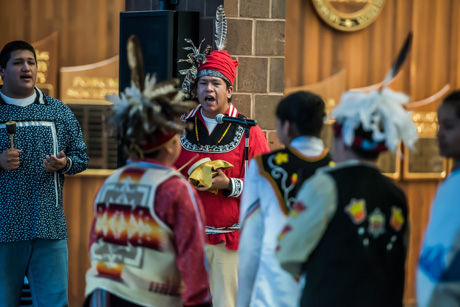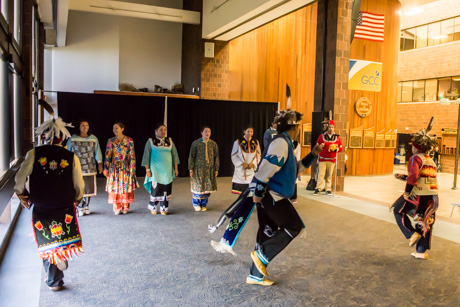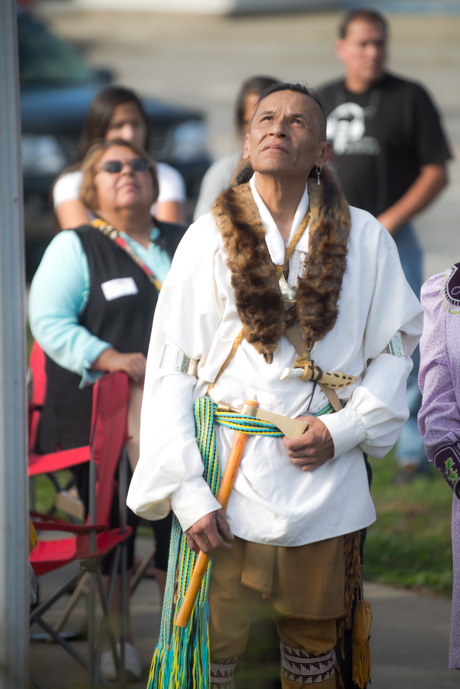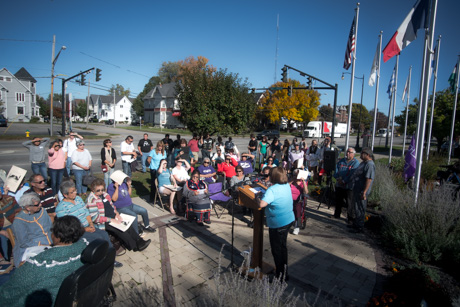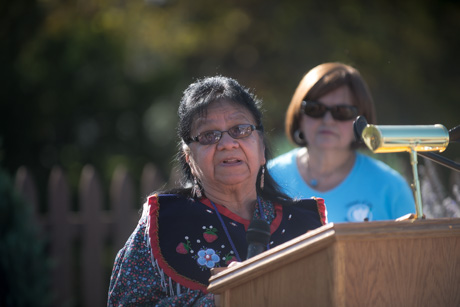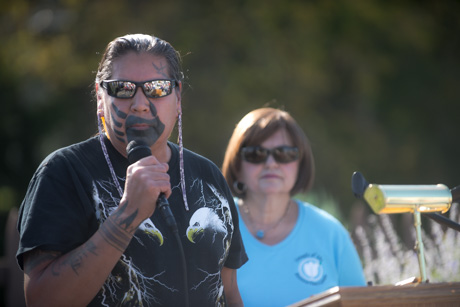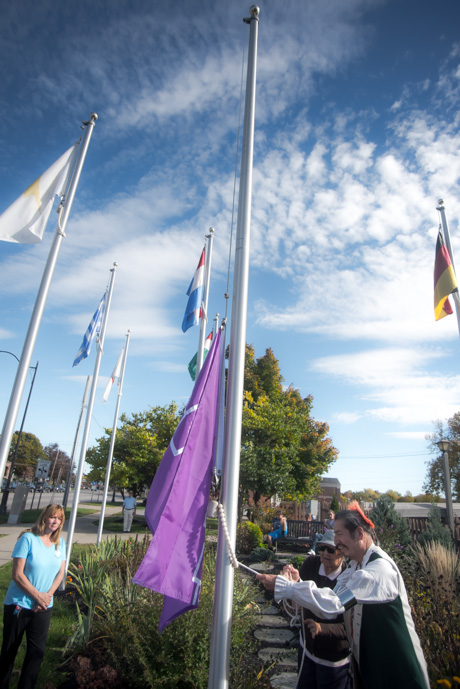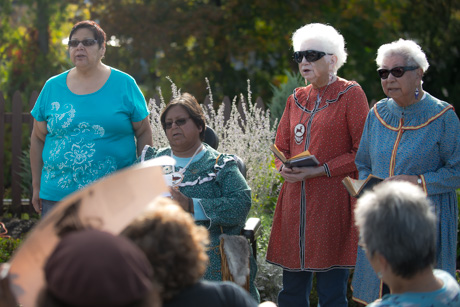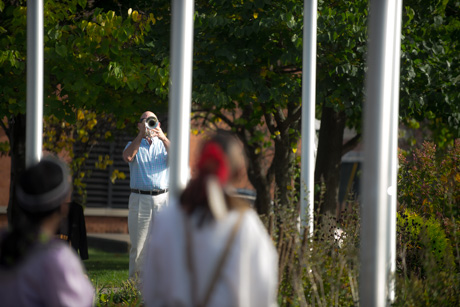Rick Levins says the Tonawanda Creek is a spiritual place. He's been drawn to it most of his life, he said. For more than 30 years, he's lived on its bank in a home on Walnut Street.
This spring, he started paddling it every day, finding a few moments of peace, but also preparing for a historic canoe trip next month from Albany to New York City down the Hudson River.
The trip is known as the Two Row Wampum Renewal Epic Canoe Trip and is being organized by a group of Native Americans in the Syracuse area to commemorate the first treaty between Iroquois (Haudenosaunee) and Dutch traders in 1613.
"Basically, the treaty said, 'we're in our canoes, you're in your ships, we're going down the same river together, but we won't bother you, you don't bother us,'" Levins said. "That didn't always work quite so well, but the Iroquois and Haudenosaunee have honored that treaty. This is a 400-year renewal. It's the basically indigenous person saying we're losing the path here and we need to get back to some of these old ways."
Levins is half Native -- his mother was from the Six Nations in Canada -- and his cousin from Six Nations introduced him to the trip.
The journey starts July 27 and ends Aug. 9 on the United Nations Indigenous People's Day.
Along the way, there will be seminars and lectures. The trip is intended to promote peace, friendship and environmental sustainability.
Levins has been paddling on the Tonawanda every day since the start of spring preparing for the trip. Every day, he says, he has the creek to himself. He sees geese, ducks, herons, beavers and deer and listens to the birds tweet and twitter.
"I've even seen deer swimming in the creek," Levins said. "I was going up the creek, coming around the bend, and I saw something in the water. At first, I thought it was a beaver. There's a lot of beaver in here. Well, the beaver started to get up out of the water and it turned into a deer. A nice young buck with velvet."
Because of the historic meaning of the Tonawanda to both Natives and white settlers, Levins said he's always felt a special connection to the waterway that was once an important transportation link.
"The creek holds a lot of meaning to me," Levins said. "There's so much history here."
Links:
